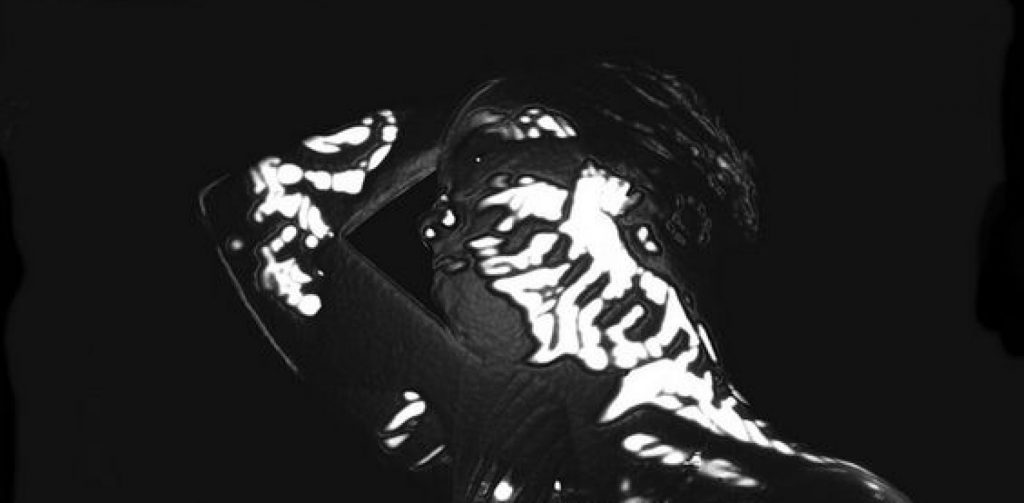I recently had a one to one tutorial with one of my tutors, Adam, who advised me to refine my ideas a bit more in terms of my essay. He also pointed me in the direction of some very interesting sources to draw inspiration from for my sound piece, which I have noted in my notebook page below.

Moving forward into my research project for third year, I began to realise during the tutorial that I have done a lot of research for this current project, more than I probably needed to. However, the benefit of this is that I am now able to narrow down a focus for this essay, which I have decided will be on the connection of cyberpunk and drum ‘n’ bass, because I feel I have the most source material on cybernetics and science fiction within drum ‘n’ bass, which I feel confident in writing about. I will also be able to use much of my research to inform my dissertation essay, where I am keen to expand on the subject matter I have been diving into for the contemporary issues in sound art unit.
Furthermore, my decision to focus on cyberpunk and drum ‘n’ bass allows me to hone in on the intertwinement of humans and technology, which has sparked the idea in my head to create a sound piece that revolves around a narrative of a producer (me) and a computer fighting over a sample. I think it is a playful idea that I can have fun with, and it retains the focus of my essay which keeps a consistent flow between my academic and practical work. I feel I am harnessing the method that I learned in Mark’s lecture of allowing the essay and sound piece to conversate with one another, pushing and pulling each other in different directions. It feels more liberating and less stressful having this fluid mentality towards my work.
I listened to the Horacio Vaggione piece titled ‘Variations’, which is similar to Trevor Wishart’s ‘Imago’ in that it takes a single sample and manipulates it in extensive and creative ways to construct a composition that works.
I have also been listening to a lot of Squarepusher recently, and have been massively inspired by his willingness to disregard the logical trajectory of a drum break. I intend to reflect this approach in my work.
